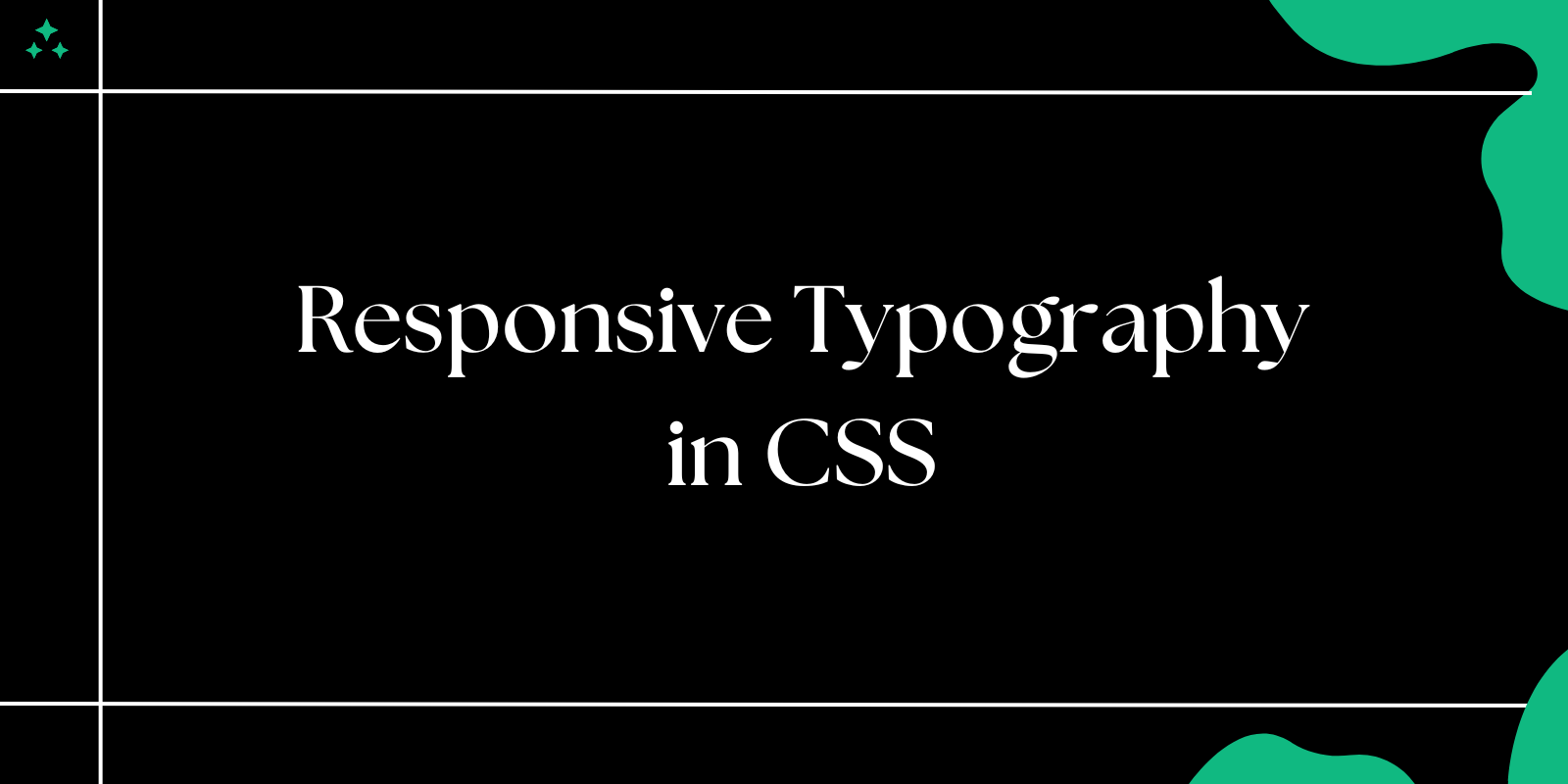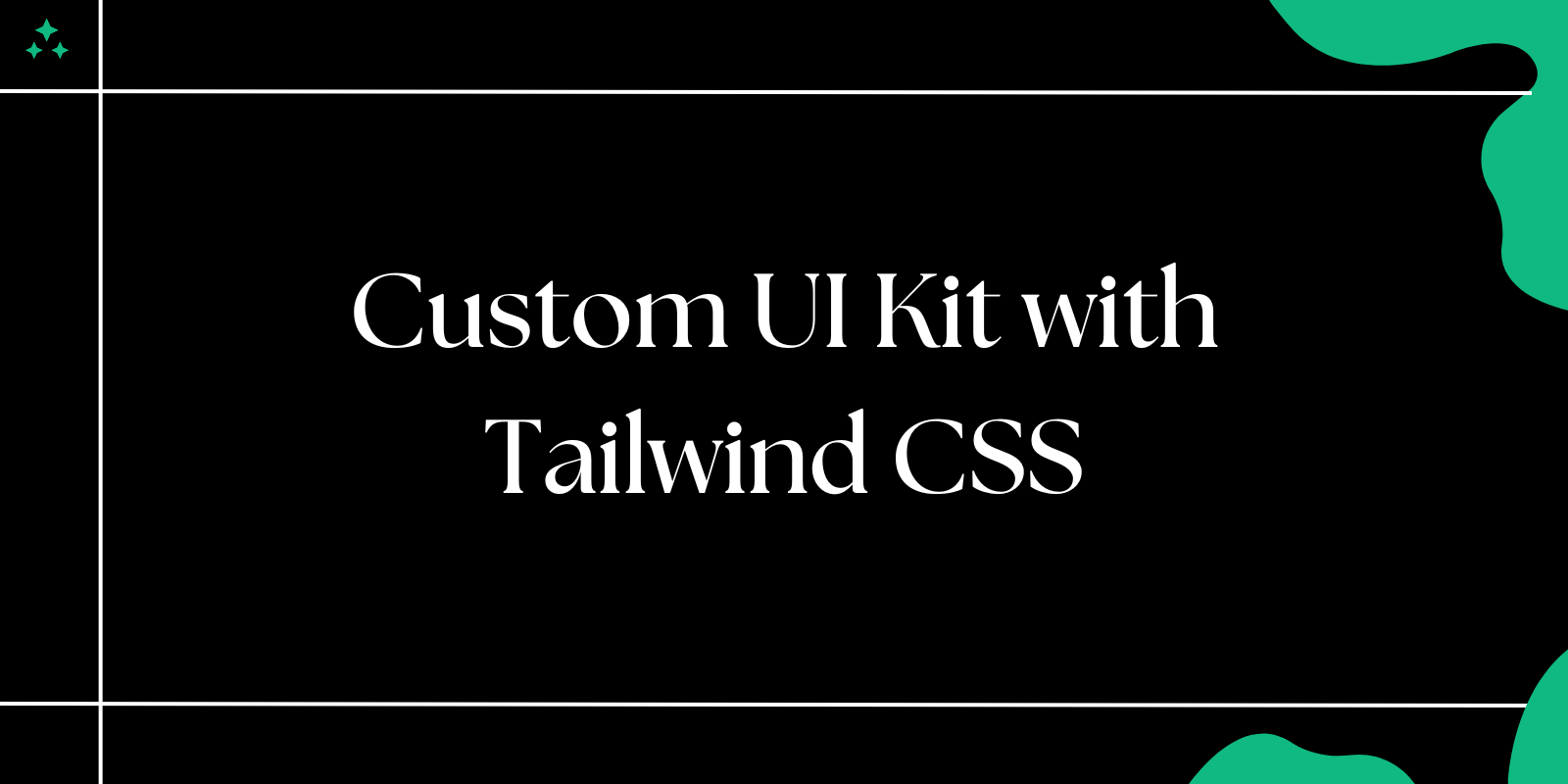Introduction
Typography is a critical element of web design that impacts readability, aesthetics, and user experience. However, designing text that adapts gracefully to various screen sizes can be challenging. Responsive typography ensures your fonts scale beautifully across devices, enhancing accessibility and design consistency.
In this guide, we’ll dive into the principles of responsive typography and how to achieve it using modern CSS techniques.
Why Responsive Typography Matters
Responsive typography adjusts text sizes dynamically based on the screen size or resolution. Here’s why it’s crucial:
- Improved Readability: Ensures text remains legible on all devices.
- Enhanced User Experience: Creates visually pleasing designs for both desktop and mobile users.
- Accessibility: Provides better experiences for users with varying visual abilities.
- Modern Aesthetics: Aligns with the fluid nature of responsive web design.
Core Concepts in Responsive Typography
1. Relative Units Over Pixels
Using relative units like em, rem, %, or vw/vh allows font sizes to scale relative to their environment, ensuring flexibility.
em: Relative to the parent element.rem: Relative to the root element (html).vw/vh: Percentage of the viewport width/height.
Example:
html {
font-size: 16px; /* Base size */
}
h1 {
font-size: 2rem; /* 32px (2 x 16px) */
}
p {
font-size: 1.125rem; /* 18px */
}
2. Fluid Typography
Fluid typography scales text seamlessly between a minimum and maximum size, depending on the viewport width. CSS clamp() makes this approach easier.
Formula:font-size: clamp(min, preferred, max);
Example:
h1 {
font-size: clamp(1.5rem, 5vw, 3rem); /* Scales between 24px and 48px */
}
Here:
1.5rem: Minimum font size.5vw: Fluid size relative to viewport width.3rem: Maximum font size.
3. Media Queries for Typography
Use media queries to define font sizes for specific breakpoints. This approach provides precise control over typography across devices.
Example:
p {
font-size: 1rem; /* Default size for mobile */
}
@media (min-width: 768px) {
p {
font-size: 1.25rem; /* Larger font for tablets */
}
}
@media (min-width: 1200px) {
p {
font-size: 1.5rem; /* Larger font for desktops */
}
}
4. Responsive Line Height and Spacing
Typography isn’t just about font size. Line height, letter spacing, and margins should also adapt for readability.
Example:
p {
font-size: 1.125rem;
line-height: 1.6; /* Adjusts spacing for better readability */
}
@media (min-width: 768px) {
p {
line-height: 1.8;
}
}
Modern Techniques for Responsive Typography
1. CSS Custom Properties
CSS variables (--property-name) make it easy to manage responsive typography.
Example:
:root {
--base-font-size: 16px;
--scale-factor: 1.2;
}
body {
font-size: var(--base-font-size);
}
h1 {
font-size: calc(var(--base-font-size) * var(--scale-factor) * 2); /* Dynamic scaling */
}
2. Integration with CSS Frameworks
Frameworks like Tailwind CSS provide utility classes for responsive typography:
Example in Tailwind CSS:
<h1 class="text-lg sm:text-xl lg:text-2xl">
Responsive Heading
</h1>
Here, the font size changes based on breakpoints (sm, lg).
3. Using Viewport Units with Fallbacks
Combine viewport units with fallback font sizes for better compatibility:
h2 {
font-size: calc(1rem + 2vw); /* Scales with viewport width */
}
Tools for Testing Responsive Typography
- Browser Developer Tools: Inspect and adjust font sizes in real-time.
- Responsively App: Test designs on multiple devices simultaneously.
- Type Scale Calculator: Generate harmonious font-size scales.
Best Practices for Responsive Typography
- Start with a Base Font Size: Set a default font size in the
htmlelement (e.g.,16px) for consistency. - Define a Type Scale: Use mathematical ratios like 1.25 or 1.618 (Golden Ratio) for harmonious scaling.
- Test on Real Devices: Always check typography on various screen sizes for accuracy.
- Avoid Overcomplication: Use a combination of relative units and media queries to keep the CSS manageable.
- Combine Techniques: Mix fluid typography with media queries for optimal results.
Example: Complete Responsive Typography in CSS
Here’s how all these techniques come together:
:root {
--font-base: 16px;
--font-scale: 1.2;
}
body {
font-size: var(--font-base);
line-height: 1.6;
}
h1 {
font-size: clamp(2rem, 5vw, 3rem); /* Fluid scaling */
}
p {
font-size: 1rem;
line-height: 1.8;
}
@media (min-width: 768px) {
p {
font-size: 1.25rem;
}
}
Conclusion
Responsive typography is an essential aspect of modern web design. By leveraging techniques like relative units, fluid scaling, and media queries, you can create text that looks stunning on any device.
Adopting responsive typography ensures that your designs are accessible, scalable, and future-proof. Start experimenting with these CSS techniques today to elevate your web design skills.



